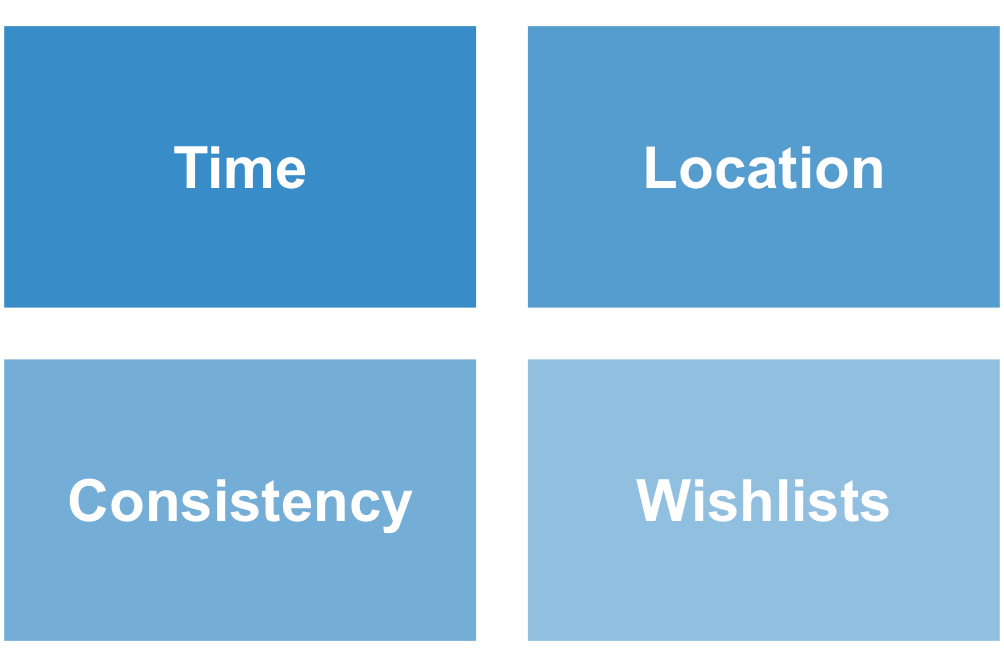Multichannel Back-to-School Shopping
The second half of September is beginning and many parents are still rushing to complete their back-to-school shopping online on multiple devices or in-store. In both cases, smartphones have probably been useful during this process. According to a recent eMarketer’s study, 59% of the American mothers intended to use their smartphone while doing their back-to-school shopping in store in 2014.
In this case, American mothers use their smartphone as a tool in a multichannel shopping process. Even if they plan to complete their purchases in a physical store, they look for mobile coupons online using their smartphone and intend to use these promotions in store. They are shopping online and buying in store. In other words, they want to benefit from the best of both worlds. Multichannel is crucial when it comes to back-to-school shopping which became a tradition over time. Consumers are not ready to abandon the idea of families behind shopping carts running around Staples’ aisles, but they still want to simplify the back-to-school routine.
As a result, a retailer’s mobile strategy can have a direct impact on their physical sales. With this in mind, the purpose of this article is to demonstrate how retailers can optimize multichannel shopping strategies for smartphone users.
How to adapt a mobile strategy for in-store shoppers?
In the modern back-to-school context, it is easy to picture busy parents browsing on their smartphone for binders while doing the grocery. They may be searching for a place to buy the special red binder their children’s teacher asked for. They may also be looking for a discount on this product in the nearest store. Here are a couple basic things to consider when developing a mobile strategy that will allow multichannel shopping.
- Time: People use multichannel shopping strategies because it is a way to save time. If they already know which products they want and where to find them when they leave their home, their shopping trips will be shorter. Therefore, your mobile strategy should enable people to optimize their time. A mobile site or application with basic information will be faster to browse than a complete website. Even a website with simple responsive design will accelerate navigation on a smartphone.
- Location: Smartphones can be used everywhere and so should your application or website. By customizing the information available to the user’s location, you will make the multichannel shopping process easier. As an example, people will be able to find your nearest store in a few seconds. Also, they may be more tempted to visit your store if they receive a targeted promotion available around the corner.
- Consistency: The concept of multichannel marketing implies a connection between your online offer and your in-store offer. Thus, you must be consistent with the promises you make online and what you actually offer in store. If a consumer comes to your store to buy a product that you claim to have in stock, it has to be there to avoid any frustration. The same standard applies for promotions.
- Wishlists: If people are shopping online and buying in-store, you want to give them tools to remember the products they want. Online wishlists can be useful in this context, especially for consumers who are unwilling to use online shopping carts. For back-to-school shopping, wishlists can be useful considering that parents have to follow a specific list of items.
Considering these points in the elaboration of your mobile strategy is a first step to optimize multichannel shopping for your consumers. In the back-to-school context, this approach can help parents to save time, benefit from the nearest in-store promotions, gather information about the products available in-store and pre-organize their shopping trip using a wishlist. As a result, a smartphone is indeed a valuable tool to optimize school supplies shopping while preserving the tradition. Multichannel can be seen here as a transitional phase for consumers who desire to integrate online shopping to their routine gradually. As shopping habits change constantly, different business models are emerging and now enable people to customize their use of technology to complete purchases.
Source of cover picture : NDSU





